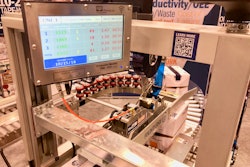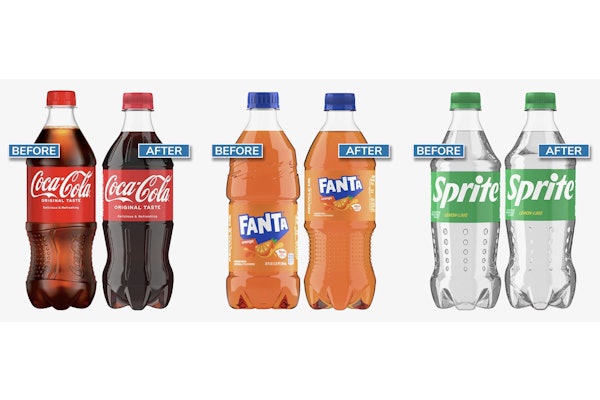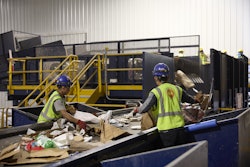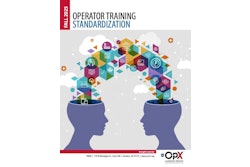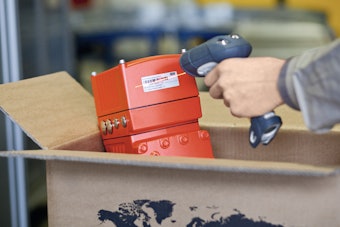
Across time, the supplier-manufacturer-customer interdependence has given rise to such terms as pipelines, channels, physical distribution, materials management, and logistics. More recently, ‘supply chain’ has become the umbrella term, with the aforementioned terms regarded as components.
Even modest-size manufactures have multiple manufacturing sites, utilize multiple suppliers, and sell to multiple markets, complexities that, unless well-managed, are hotbeds for costs and inefficiencies. Supply chain management (SCM), therefore, is a source of competitive advantage. But exactly what is SCM supposed be manage? The answer, according to SCM theorists, is everything; it manages all matters related to product development, materials sourcing, production, physical flows, and information flows for all intents and purposes, making SCM synonymous with managing the business, itself. Regardless of whether one regards SCM as all-inclusive or more limited, packaging is indispensably important.
Product development
A packaged product, to be successful, needs both components to be of acceptable function and quality. Product development and package development should proceed along intersecting tracks and not parallel (or worse, sequential) tracks. Market research can be a guide, but deciding how to assign efforts to the product, the package, and the packaged product requires imagination, creativity, and experience.
Materials sourcing
Procurement is multi-faceted, involving such matters as forecasting, supplier evaluation, deciding on a single supplier or multiple suppliers, and auditing. Choosing the lowest bidder, simply on that bases, is the epitome of false economy; nonetheless, what’s less obvious is what factors should be considered in determining all the costs associated with the choice of any particular supplier.
Then, too, packaging often is comprised of discrete components—container, closure, and label, for example—requiring compatibility and tight tolerances across the offerings of the involved suppliers. It introduces another consideration: should preference be given to suppliers of multiple components?
Production
There comes a time, of course, when product and package come together. Production rates, production records, and quality-assurance are of imminent importance. Adding to the challenge, packaging is performed at different levels: primary, secondary, and tertiary, each affecting, and affected by, the others. Whether the packaging comes into the production facility in its final form or is formed in-house (i.e. form/fill/seal), the resulting packaged product needs to be fit to be placed in the commercial stream.
Physical flows
Packaging permits products to get on the move, ultimately making their way to the customer. The journey is known to be a perilous one, made so by the various forces that can compromise the integrity of the packaged product. Packaging needs to protect its contents from shock, vibration, compression, and ambient conditions.
When product arrives at destination damaged beyond use, all product-related costs are squandered. That does not exempt manufacturers from deciding what constitutes cost-effective protection—too little protection is cost-ineffective, as is too much. There are test methodologies meant to measure how well the packaging protects, and there are labs that specialize in such testing. However, results only are as reliable as how well the tests simulate actual conditions.
It’s not enough just to know that various forces will be encountered; when, in what sequence, and for what duration are critical. Material handling, transportation, and storage each impose signature force, or forces (transportation can impose shock, vibration, and compression). With transportation, the different modes each have their own signature profile, an important recognition for intermodal and its necessity for packaging for the toughest leg of the journey.
Packaging doesn’t have sole responsibility for product protection. It needs to be assisted by such practices as proper blocking and bracing, proper stacking, and proper handling, all of which are also important to the safety of personnel who interact with the packaged products throughout the journey. A different kind of protection afforded by packaging is that against theft. In the case of certain high-value products, enshrouding them in opaque stretch wrap can prove useful.
Incidentally, in these sustainability-conscious times, acknowledgement should be made of the increasing importance of managing reverse-flows, for example, as associated with recycling.
Information flows
The informational requirements would be formidable even if they were limited to rudimentary conditions, but today’s supply chains are complex configurations, destined to become more so with time. The need for easily-accessible, real-time information is at the core of SCM. The only hope to not only stay apprised but to be in a position to manage proactively, is to harness the power of specialized software. There is SCM software for demand forecasting, manufacturing, logistics, warehousing, inventory control, and risk management, among others. Don’t accept on faith the promotional claims of the software supplier. Analyze the software. Packaging has long contributed to digitized information with its use of various bar-coding, thereby facilitating product visibility and product traceability.
A chain is only as strong as its weakest link. No member of a supply chain can afford to have packaging as that weak link.





